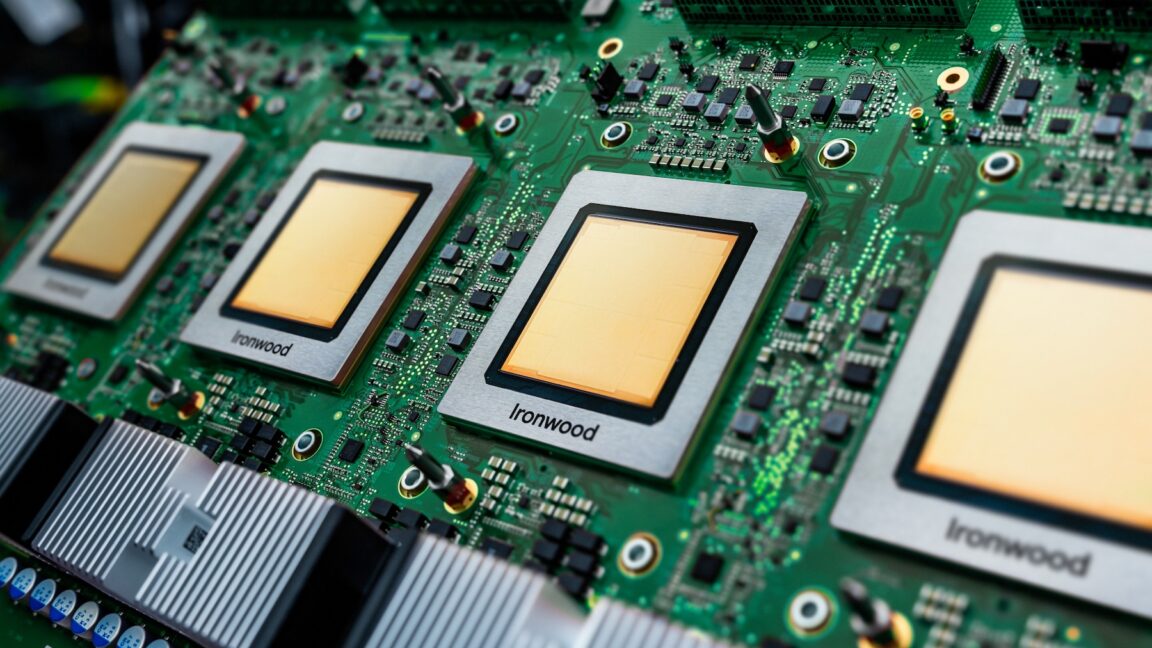Introduction to AI Toys
The market for AI toys is rapidly expanding, with Chinese companies at the forefront of this trend. BubblePal, a popular AI toy, was launched in the US in December 2024 and is now available in Canada and the UK. FoloToy, another prominent player, is sold in over 10 countries, including the US, UK, Canada, Brazil, Germany, and Thailand. According to Rui Ma, a China tech analyst at AlphaWatch.AI, AI devices for children are particularly well-suited for the Chinese market, where there is a established market for kid-focused educational electronics.
History of AI Toys in China
China’s AI toy boom builds on decades of consumer electronics designed specifically for children. In the 1990s, companies like BBK popularized devices such as electronic dictionaries and "study machines," which were marketed to parents as educational aids. These toy-electronics hybrids could read aloud, tell interactive stories, and simulate the role of a playmate. This foundation has paved the way for the current generation of AI toys.
Global Competition
The competition in the AI toy market is heating up, with US companies also developing and selling AI toys. For example, the musician Grimes helped create Grok, a plush toy that chats with kids and adapts to their personality. Toy giant Mattel is working with OpenAI to bring conversational AI to brands like Barbie and Hot Wheels, with the first products expected to be announced later this year. This increased competition is likely to drive innovation and improvement in AI toys.
Parental Reviews
Reviews from parents who have bought AI toys in China are mixed. While many appreciate the fact that they are screen-free and come with strict parental controls, some parents say that the AI capabilities can be glitchy, leading children to tire of them easily. Penny Huang, a parent based in Beijing, bought a BubblePal for her five-year-old daughter, but the novelty wore off quickly. Huang’s daughter found the responses to be too long and wordy, and the role-play didn’t feel immersive.
Common Issues with AI Toys
Some common issues with AI toys include glitchy AI capabilities, long and wordy responses, and a lack of immersion in role-play. These issues can lead to children losing interest in the toys quickly. Additionally, some parents may be concerned about the impact of AI toys on their children’s social skills and ability to interact with humans.
Conclusion
The AI toy market is rapidly expanding, with Chinese companies leading the way. While there are some issues with current AI toys, such as glitchy AI capabilities and lack of immersion, the market is likely to continue to grow and improve. As more companies enter the market and competition increases, we can expect to see more innovative and effective AI toys.
FAQs
Q: What is an AI toy?
A: An AI toy is a toy that uses artificial intelligence to interact with children, often through conversation, role-play, or other forms of engagement.
Q: What are some benefits of AI toys?
A: Some benefits of AI toys include their potential to educate and entertain children, as well as their ability to provide companionship and social interaction.
Q: What are some common issues with AI toys?
A: Some common issues with AI toys include glitchy AI capabilities, long and wordy responses, and a lack of immersion in role-play.
Q: Which companies are leading the AI toy market?
A: Chinese companies such as BubblePal and FoloToy are currently leading the AI toy market, but US companies such as Mattel and Grok are also entering the market.
Q: What is the future of the AI toy market?
A: The future of the AI toy market is likely to involve increased competition, innovation, and improvement in AI toys, as well as expanded availability and adoption globally.











